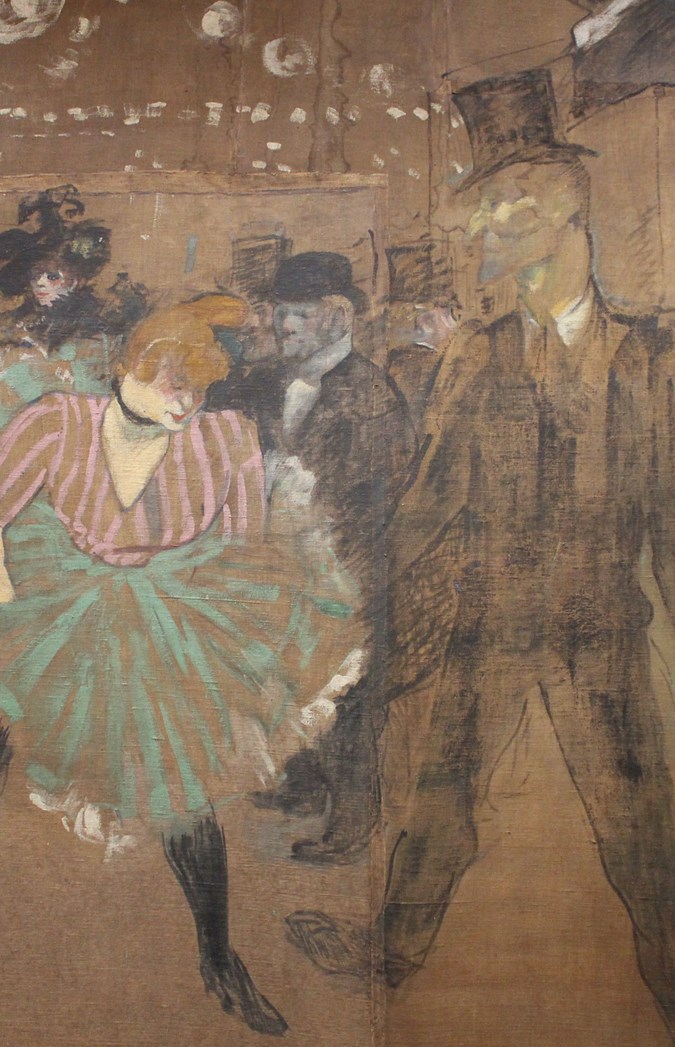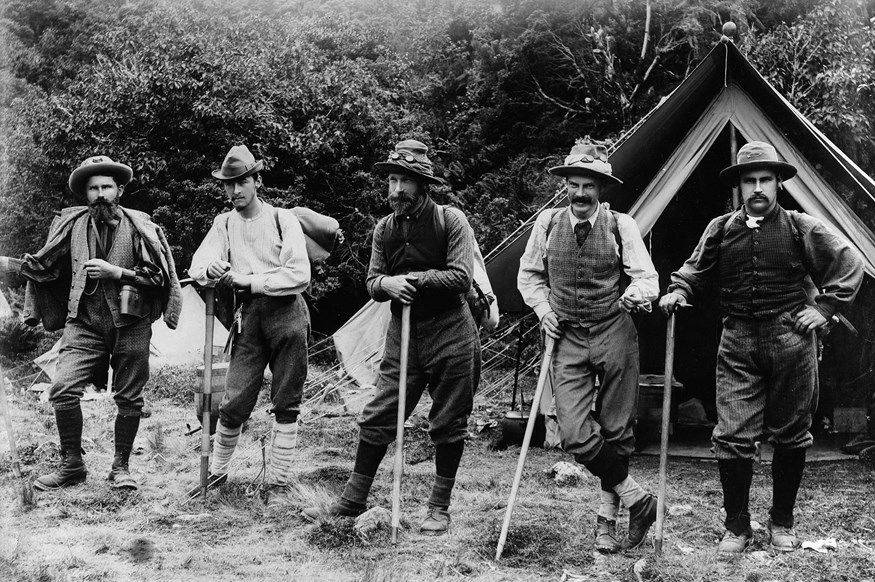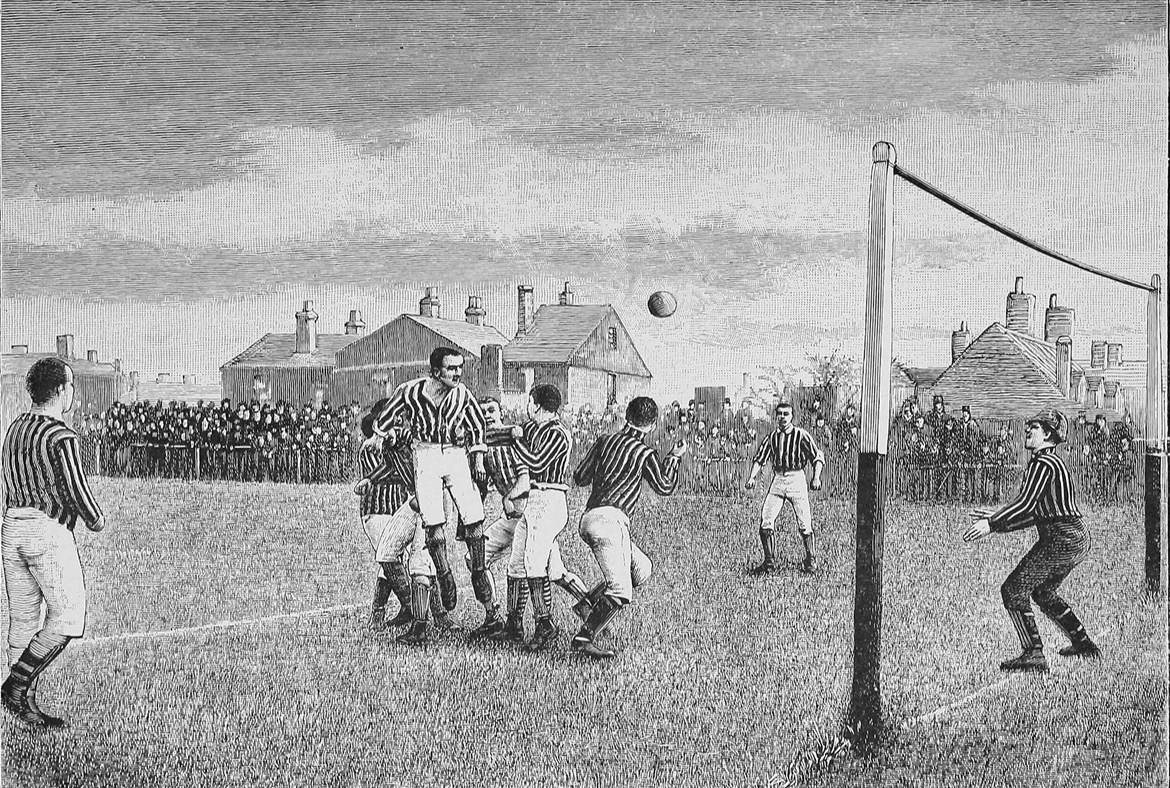Europe and Worldwide
The second half of the nineteenth century saw the unification of both Germany and Italy. This led to the creation of two new states of a significant size and with a considerable population in the heart of the Old Continent, north and south of the Alps. Napoleon III’s Second French Empire persisted in France for around twenty years.
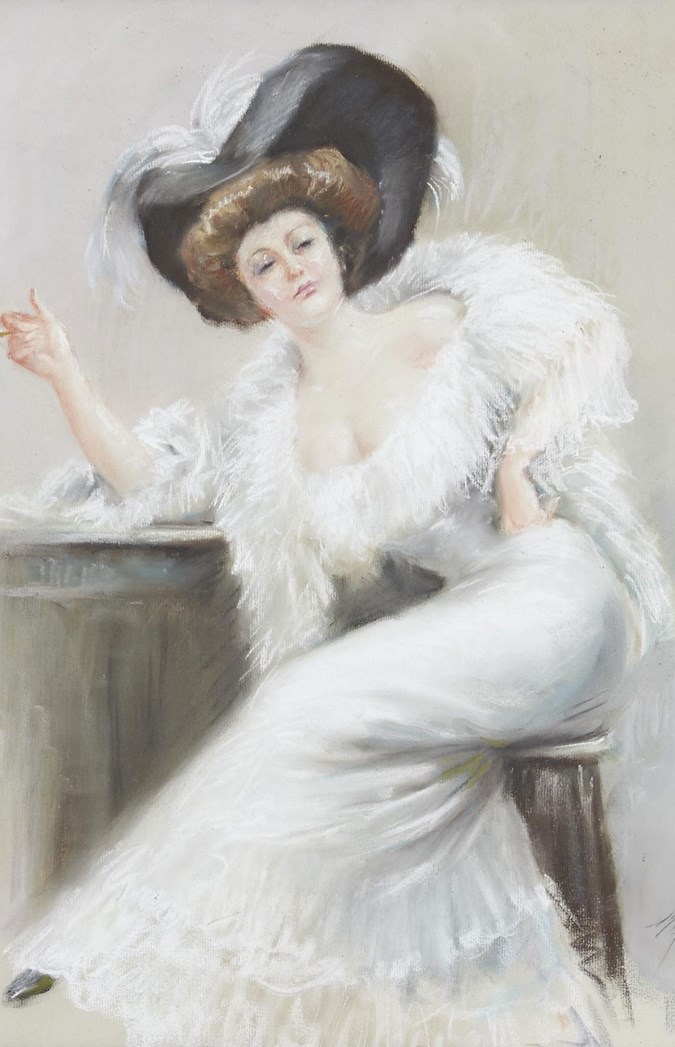

A republican regime took back power after the defeat against Prussia. After the American Civil War, the US faced the Reconstruction era. In the meantime, the colonisation of the American West continued with the arrival of millions of emigrants from Europe.
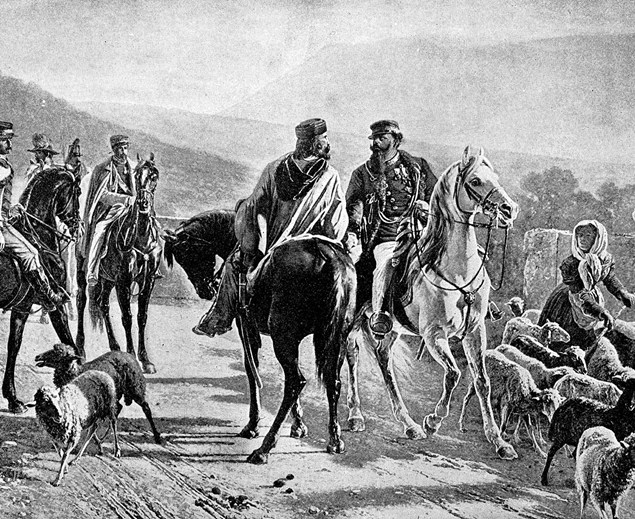
1859-1861
Unità d’Italia. Dopo la guerra contro l’Austria del 1859 e la spedizione garibaldina dei Mille del 1860, in seguito a plebisciti, gran parte delle regioni italiane confluiscono nel Regno di Sardegna. Il 17 marzo 1861 viene proclamato il Regno d’Italia, il monarca è Vittorio Emanuele II di Savoia. Negli anni successivi vi entreranno a far parte anche il Veneto (1866) e Roma con lo Stato pontificio (1870).
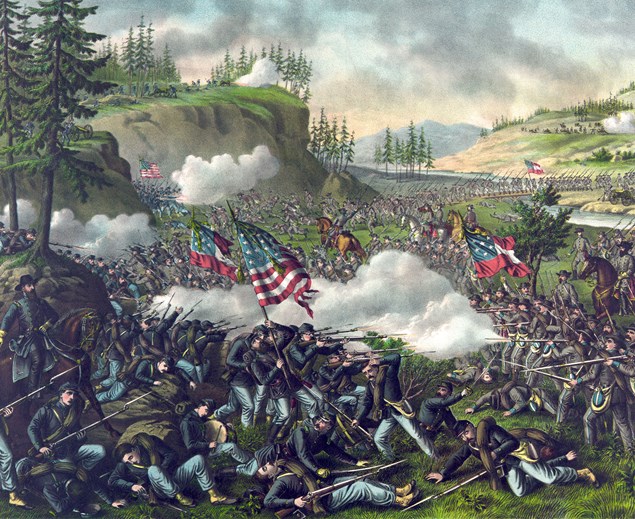
1861-1865
Guerra di Secessione Americana. La guerra civile scoppia negli USA tra gli Stati del Nord (Unione) e quelli del Sud (tredici Stati confederati). Questi ultimi, a economia agricola, si battono contro la volontà del neo presidente Lincoln di abolire la schiavitù. Il conflitto vede circa un milione di vittime, vincono gli Stati dell’Unione.
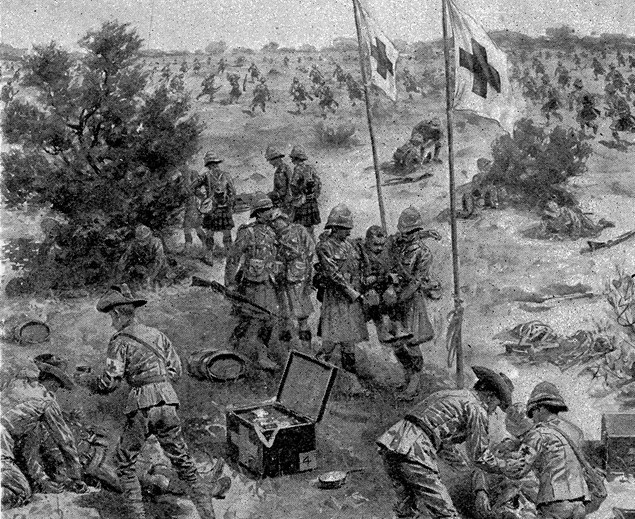
1863
Nasce a Ginevra il Movimento internazionale della Croce Rossa promosso da Henry Dunant. Dopo aver assistito nel 1859 alla cruenta battaglia di Solferino tra franco-piemontesi e austriaci, il filantropo svizzero partorisce l’idea di creare una squadra di infermieri volontari neutrali la cui opera possa dare un apporto alla sanità militare.
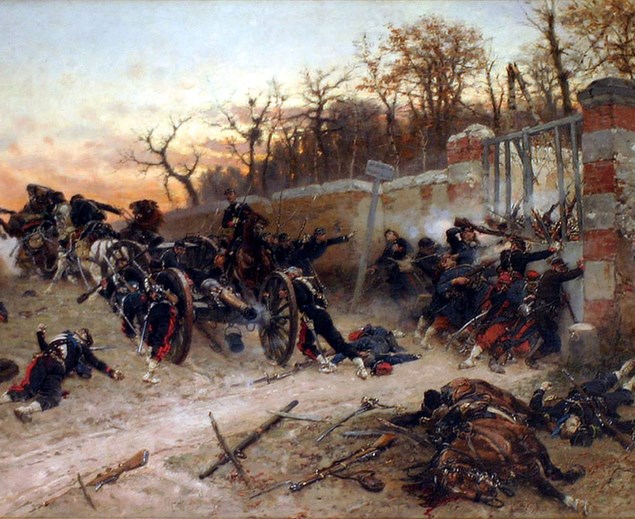
1870-1871
Guerra franco-prussiana. Vittoria della Confederazione Tedesca del Nord. Gli Stati che la compongono si uniscono con quelli del Sud nell’Impero tedesco guidato dal kaiser Guglielmo I, sino ad allora re di Prussia. La Francia vede finire l’impero di Napoleone III, che si arrende dopo la sconfitta di Sedan (1 settembre 1870). Viene proclamata la Repubblica.
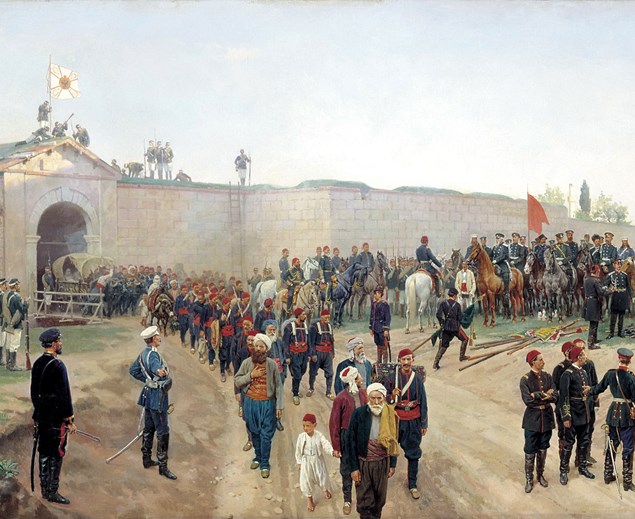
1877-1878
Guerra russo-turca. Vittoria delle truppe dello zar e pace di Santo Stefano (3 marzo 1878). Il successivo congresso di Berlino, concluso dal trattato firmato nel mese di luglio, vedrà le potenze europee definire il nuovo assetto balcanico, scontentando le aspettative russe.
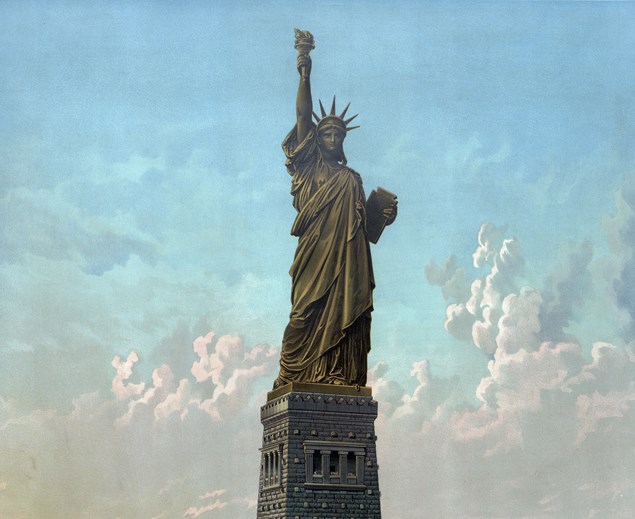
1886
A New York, su un’isola all’entrata del porto sul fiume Hudson, il 28 ottobre viene inaugurata la Statua della Libertà. Dono della Francia, realizzata dallo scultore Bartholdi con il contributo dell’ingegner Eiffel, il colosso alto 93 metri diventa icona della città e simbolo per i milioni di emigranti che sbarcano sulle coste statunitensi.
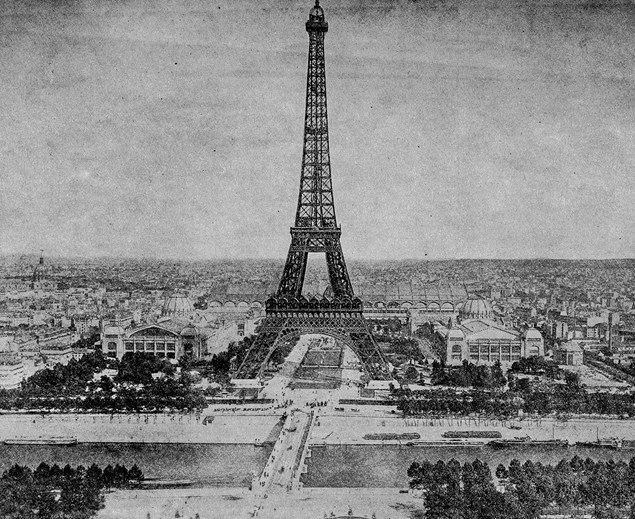
1889
A Parigi, il 15 maggio, in occasione dell’Esposizione universale, si apre al pubblico la Tour Eiffel. Dopo essere stata inizialmente contestata da artisti e intellettuali, diventerà simbolo della Ville Lumiére. Per oltre 40 anni sarà l’edificio più alto del mondo con i suoi 312 metri (ora con l’antenna alla sommità supera i 324 metri).
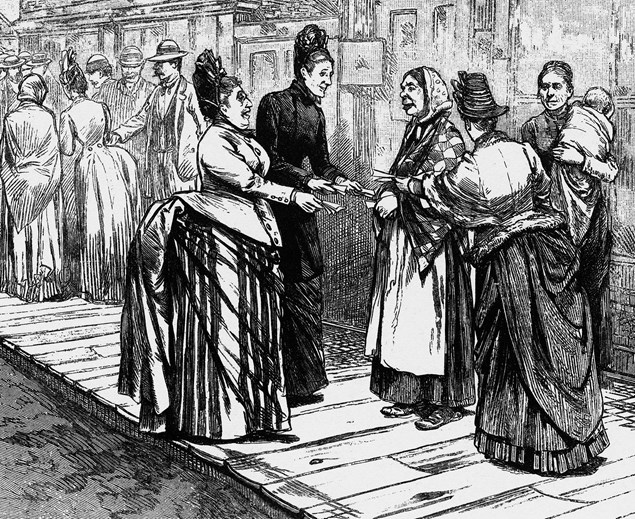
1893
La Nuova Zelanda concede il diritto di voto illimitato alle donne (sino ad allora a livello mondiale era stato riconosciuto solo in piccole realtà, per brevi periodi e con limitazioni). In Europa il primo Paese ad aprire al suffragio femminile è il Granducato di Finlandia, che, nel 1907, vede delle donne entrare per la prima volta in un Parlamento.
Switzerland and Ticino
With the Constitution of 12 September 1848, Switzerland became a federal state. Then, following the review of the Constitution in 1874, the duties of the Confederation and civil rights were increased. In Ticino, the capital was transferred permanently and definitively to Bellinzona in 1881.
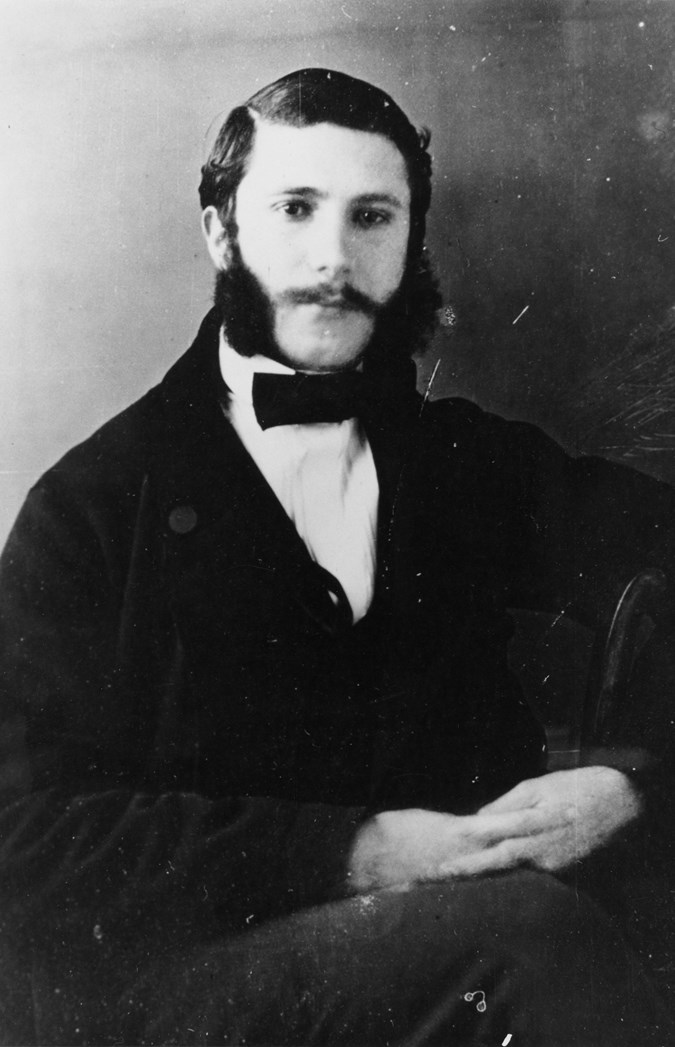
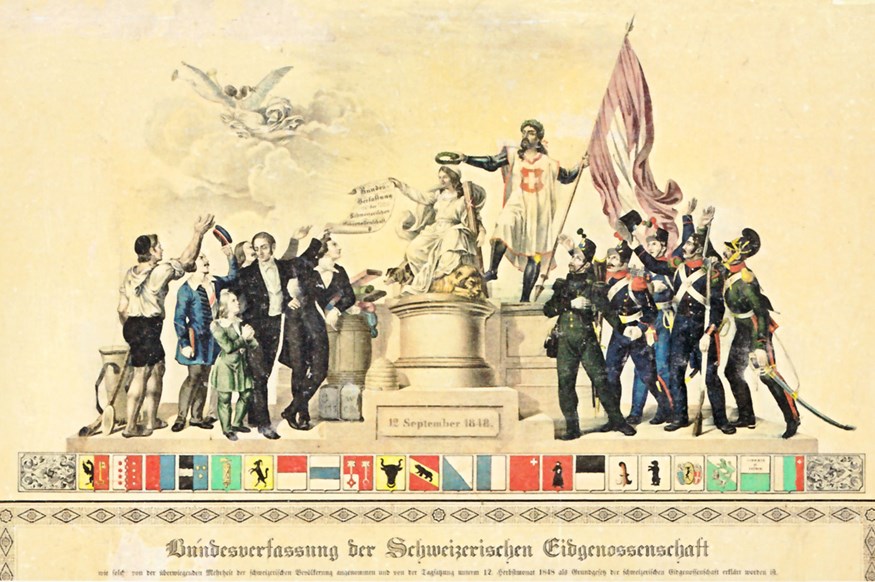
During the second half of the nineteenth century, Ticino continued to experience migration from the valleys to northern Europe, the Americas and Australia, but it also saw an influx of immigrants from northern Italy. This provided the necessary manpower for the construction of the St Gotthard and Monte Ceneri railway tunnels, which came into use in 1882.
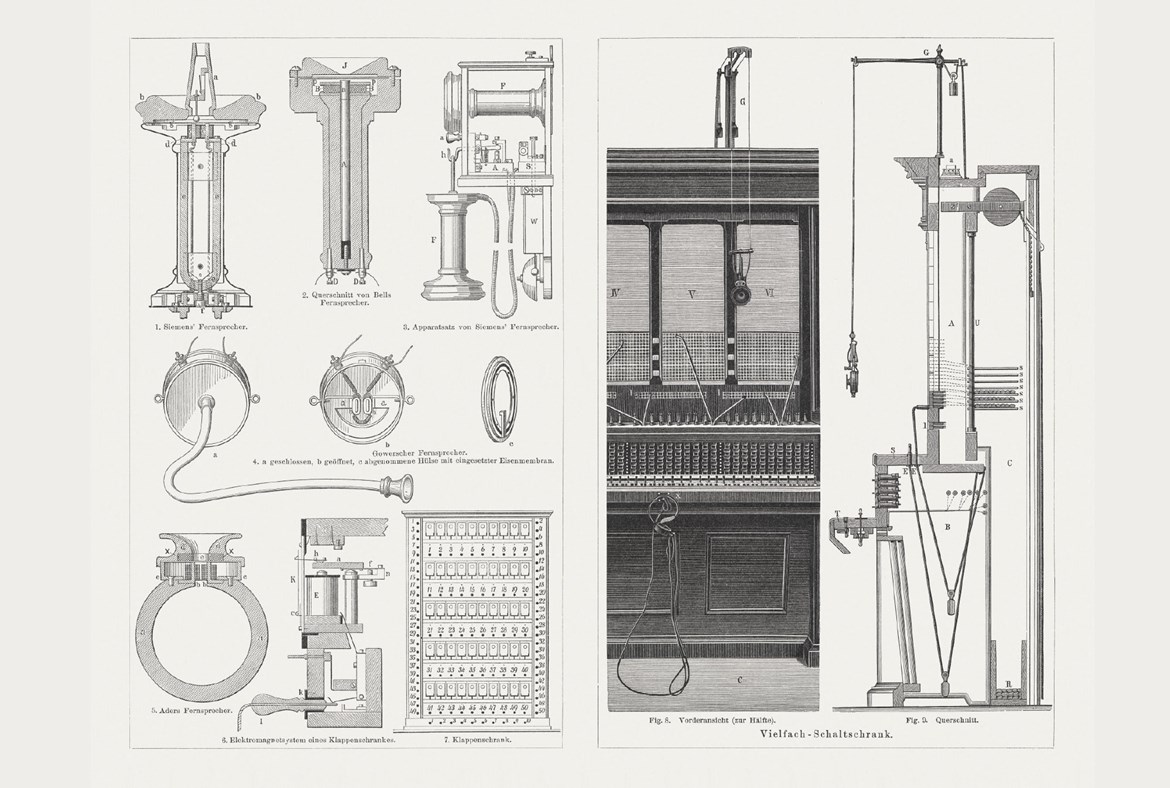
Technology, Science, Customs and Society
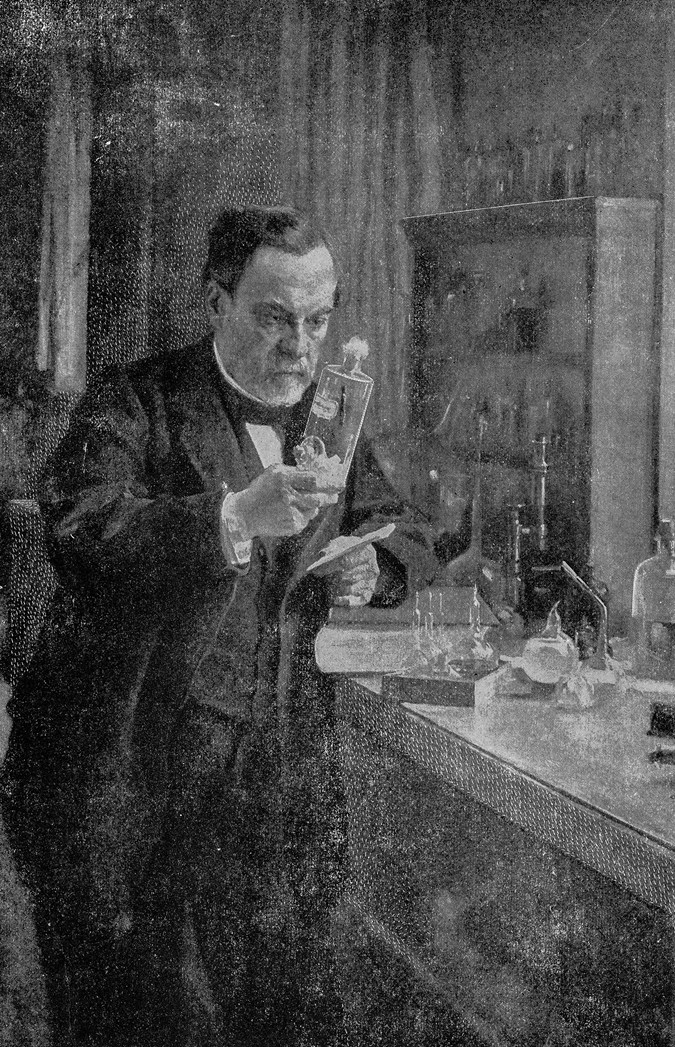
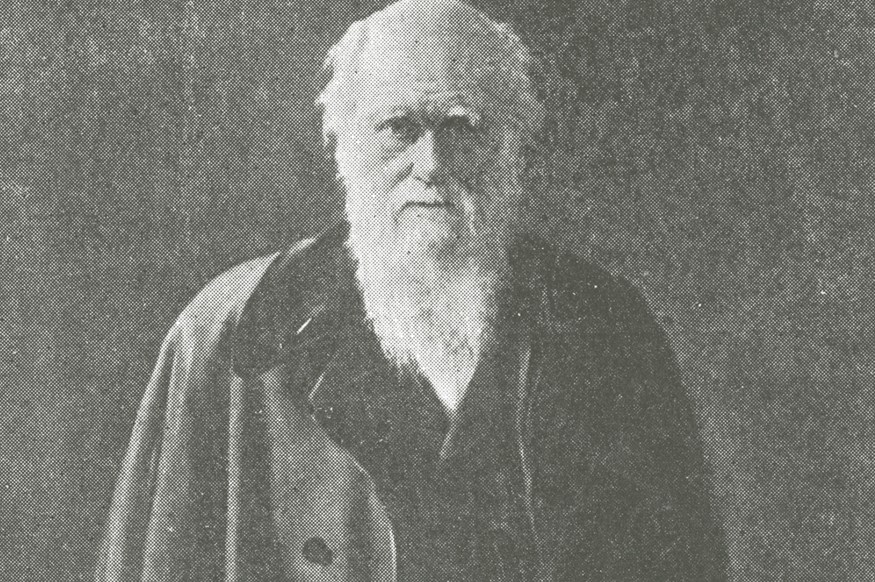
The western world continued to place more and more trust in the positive power of progress thanks to rapid technological developments and new inventions and scientific discoveries. This new knowledge contributed to what could be described as a Second Industrial Revolution.
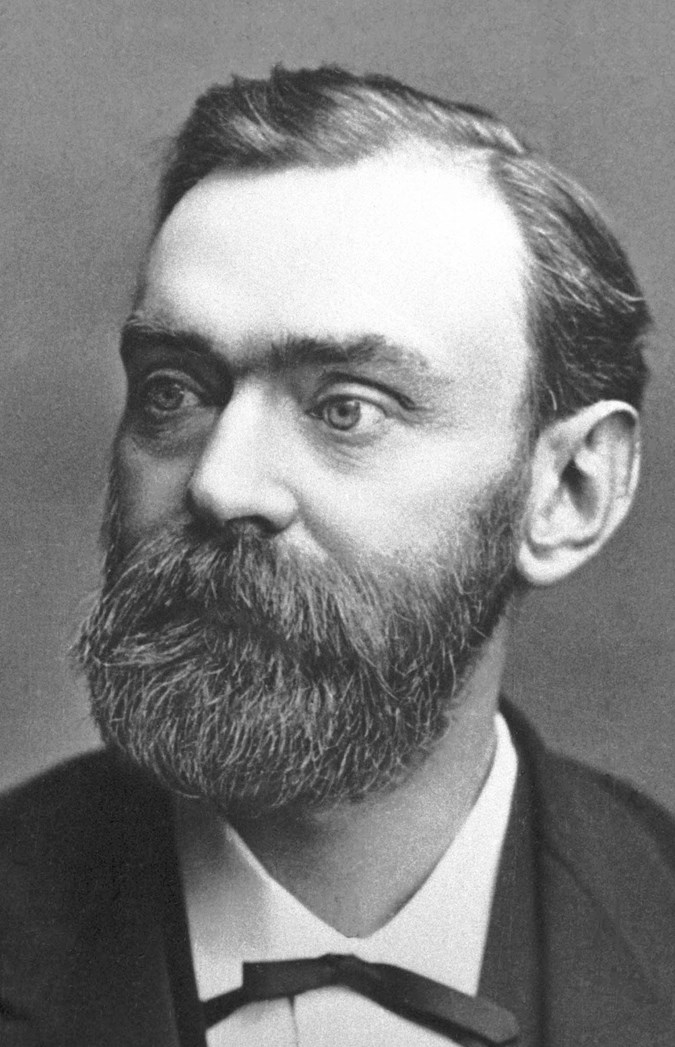
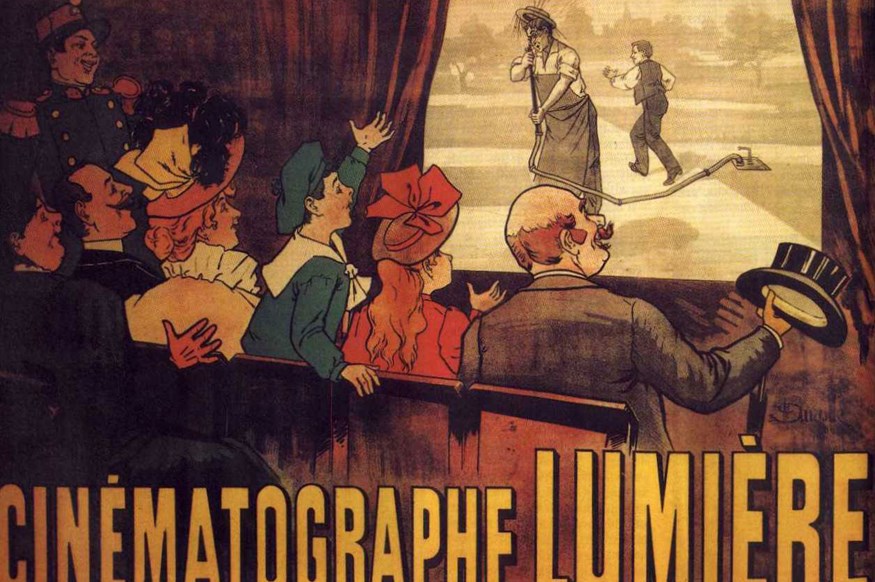
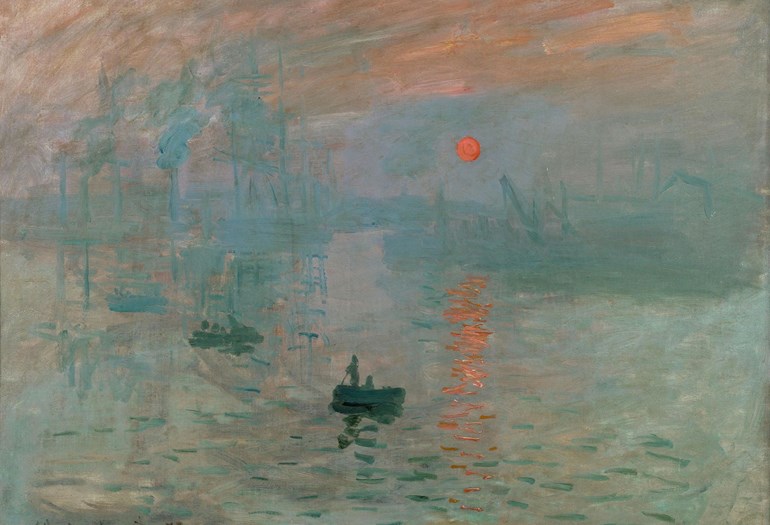
Over-production also led to the first major depression during the last few decades of the century. In order to obtain raw materials more easily and open up new markets, European countries therefore began to implement colonisation campaigns.
